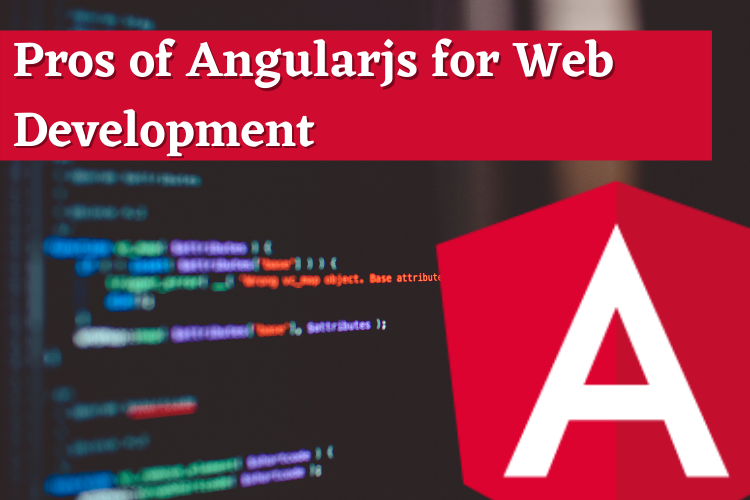A new paradigm that promises to transform conventional financial institutions is developing in the quickly changing financial world. Decentralized Finance (DeFi) is a revolutionary idea that uses blockchain technology to build a more accessible, open, and inclusive financial environment. This article analyzes how DeFi is transforming the future of financial services while delving into the interesting realm of DeFi.
The genesis: Harnessing blockchain’s potential
The development of blockchain technology marks the start of the DeFi tale. Blockchain is the decentralized, unchangeable, and transparent record that powers cryptocurrencies. It was first introduced by the mysterious Satoshi Nakamoto through the cryptocurrency Bitcoin. As blockchain’s promise became clear, developers aimed to expand it beyond virtual currencies and into the world of finance.
The potential of DeFi for decentralization
Traditional finance relies on centralized middlemen, such as banks and other financial organizations, to regulate and control transactions. However, these middlemen frequently place restrictions, exclude specific groups, and stifle innovation. By using smart contracts and decentralized protocols in place of middlemen, DeFi seeks to remove these obstacles.
Financial inclusion through DeFi: Empowering the unbanked
DeFi’s ability to empower the unbanked populace worldwide is among its notable features. DeFi provides an alternative financial infrastructure that enables consumers to access loans, savings, and investment possibilities without the requirement for a standard bank account, as traditional banking services are unavailable to billions of people. Regardless of where they reside or their socioeconomic standing, people may take charge of their financial lives with DeFi.
DApps and smart contracts: The DeFi building blocks
DeFi is based on the idea of smart contracts, which are self-executing contracts with predetermined terms and conditions. The automation of financial agreements is made possible by the implementation of these contracts on blockchain platforms like Ethereum. Decentralized Applications (DApps), which include lending, borrowing, decentralized exchanges, and asset management, are made by developers using smart contracts.
Loaning and borrowing: A DeFi game-changer
Individuals may lend their crypto assets and earn income by doing so on DeFi’s lending and borrowing platforms, or they can borrow money by pledging their holdings as security. Peer-to-peer lending does away with the need for middlemen and promotes effective capital allocation, which is advantageous to both lenders and borrowers. Additionally, DeFi lending platforms provide options for borrowers who may otherwise find it difficult to acquire loans due to their openness and accessibility.
Trading is being transformed by decentralized exchanges (DEXs)
Centralized exchanges serve as brokers for asset trading in the conventional financial environment. However, DeFi enables decentralized exchanges (DEXs) that run on blockchain networks and let users trade assets directly with one another. DEXs are transforming the trading scene by reducing the need for middlemen, enhancing security, lowering prices, and giving users complete ownership over their assets.
Staking and yield farming: Unlocking passive income
DeFi’s yield farming and staking strategies have drawn a lot of interest. By providing liquidity or staking their coins in particular protocols, users can profit from these activities. ADA staking is one of the well-liked choices offered to Cardano supporters who want to take part in the network’s proof-of-stake consensus. Individuals may make passive income while promoting the health and expansion of DeFi ecosystems through yield farming and staking.
Scalability, security, and regulation as overcoming obstacles
DeFi has issues that need to be resolved if it is to be widely used. Solutions like layer-two protocols and Ethereum 2.0 are being used to address scalability challenges including high transaction prices and network congestion. With the implementation of decentralized governance structures, bug bounty programs, and auditing procedures, security is given high importance. Governments and regulatory organizations are attempting to create precise rules that safeguard consumers, guarantee compliance, promote growth, and reduce the dangers of fraud and money laundering
Driving innovation and collaboration: The DeFi ecosystem
Due to DeFi’s quick growth, a thriving ecosystem made up of developers, business owners, investors, and consumers has emerged. This ecosystem is built on collaboration and innovation as people and companies work together to create new protocols, enhance current ones, and investigate cutting-edge DeFi application cases. Projects constantly push the envelope and venture into uncharted territory. For instance, the idea of decentralized insurance, sometimes known as “DeFi Insurance,” seeks to offer open, peer-to-peer risk coverage. Stablecoins, cryptocurrencies tethered to a reliable asset like fiat money, have gained popularity in the DeFi ecosystem because they offer stability and streamline transactions.
The financial future: Seizing opportunities
DeFi’s potential is much greater than its existing accomplishments. The ecosystem has the potential to democratize worldwide access to financial services as it develops. Due to its permissionless design, DeFi offers chances for financial inclusion, economic empowerment, and wealth creation to anybody with an internet connection. DeFi’s interaction with other cutting-edge technology is also quite promising. Decentralized financial interaction (DeFi) may be used with decentralized identification solutions, the Internet of Things (IoT), and artificial intelligence (AI) to open up new possibilities. It’s crucial to remember that the DeFi market is still developing. While it presents intriguing prospects, it also entails hazards related to volatility, weak points in smart contracts, and regulatory uncertainty. It is essential for consumers to do extensive study, comprehend the hazards, and use caution while interacting with DeFi systems.
Conclusion
With the use of blockchain technology, Decentralized Finance (DeFi) is transforming the financial sector by establishing a free and welcoming ecosystem. Despite obstacles, the DeFi community is working together and making strides in scalability, security, and regulation to realize its transformational promise. As we use DeFi, we advance toward a time when all people may access financial services, improving the financial environment.
















